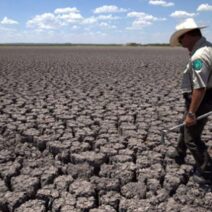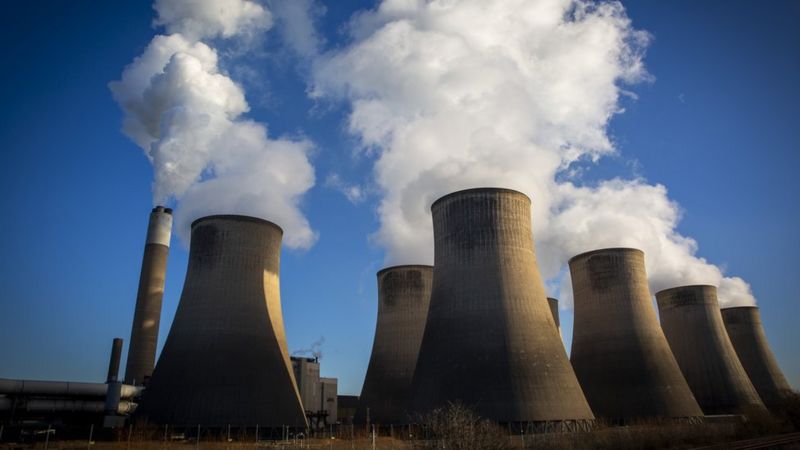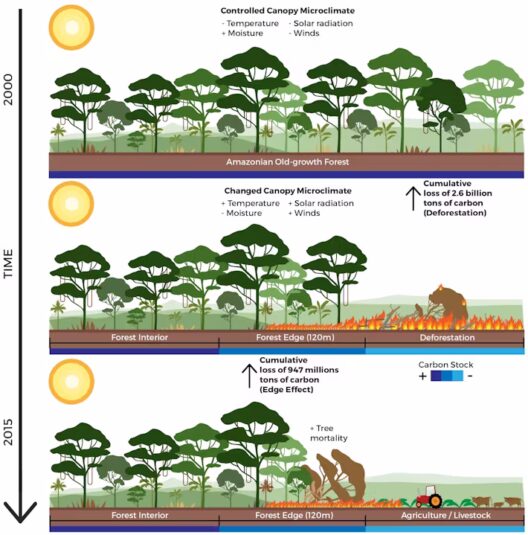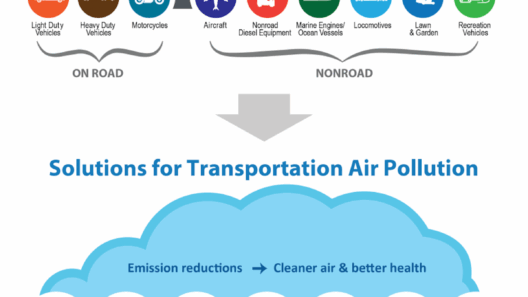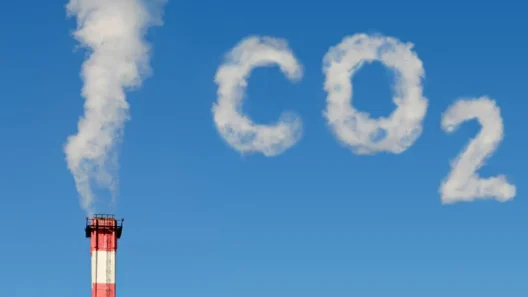In the grand theatre of climate change, fossil fuels play the role of the antagonist, their combustion acting as the incendiary force igniting a series of catastrophic events. As the globe witnesses erratic weather patterns, rising sea levels, and an increase in extreme weather incidents, it becomes imperative to unravel the complex web of scientific understanding that connects the burning of fossil fuels to climate change.
To comprehend this interconnectedness, one must first grasp the nature of fossil fuels themselves. Comprising primarily of coal, oil, and natural gas, these substances are ancient organic matter, transformed over millennia under pressure and heat into energy-dense resources. When employed for energy, they release carbon dioxide (CO2) and other pernicious greenhouse gases into the atmosphere, thus altering the atmospheric composition—a significant shift akin to a magician’s sleight of hand, where the illusion of stability is shattered by reality.
The Earth’s atmosphere functions like a finely-tuned greenhouse. It is designed to retain heat energy from the sun, allowing life to flourish in a temperate state. This balance is disturbed when greenhouse gases are emitted in excess. Imagine a warm blanket draped over the Earth; with each ton of CO2 released from burning fossil fuels, the blanket thickens, trapping more heat within. This amplification of the greenhouse effect is the crux of the climate crisis we face today. Scientists assert that the concentration of CO2 in the atmosphere has surpassed 400 parts per million, levels not witnessed for over 800,000 years.
At this juncture, one may ponder: how does the act of burning these carbon-rich fuels lead to the tangible effects we observe in our weather patterns? The answer lies in the fundamental principles of thermodynamics and atmospheric chemistry. The excess CO2 and other greenhouse gases create a feedback loop, where rising temperatures lead to more evaporation of water, increasing humidity, which in turn enhances warming. This spiraling dynamic has birthed an age characterized by climate extremes—witnessing heatwaves scorching cities, droughts desiccating landscapes, and hurricanes unleashing their fury upon coastal communities.
Furthermore, the combustion of fossil fuels releases other harmful pollutants, such as sulfur dioxide (SO2) and nitrogen oxides (NOx), which form smog and acid rain. These pollutants contribute to respiratory ailments in humans and further disrupt climatic equilibrium. While some argue that advancements in cleaner combustion technologies may mitigate these effects, the reality remains that the foundation of our energy systems is predicated on these finite, polluting resources that release CO2 when extracted, transported, and used.
Moreover, the extraction process of fossil fuels presents its own set of alarming consequences. From oil drilling to coal mining, these activities wreak havoc on ecosystems, deforesting vital habitats, disrupting wildlife, and contributing to biodiversity loss. Each operation uncovers the earth’s layers, revealing a fragile web of life that is keenly sensitive to human intervention. The scars left upon the landscape serve as a reminder: the price we pay for fossil fuel consumption is not merely measured in economic terms but resonates throughout the very fabric of our planet’s health.
In an era where scientific evidence increasingly underscores the urgency for action, an extensive array of global initiatives and accords has emerged aiming to curb fossil fuel reliance. The Paris Agreement exemplifies this collective endeavor. It sets forth ambitious goals for reducing global greenhouse gas emissions, striving to limit global warming to below 2 degrees Celsius above pre-industrial levels. Yet, as nations grapple with policy implementations, vested interests in the fossil fuel industry frequently tend to undermine these good intentions, revealing an unsettling dichotomy between economic growth and environmental sustainability.
Transitioning away from fossil fuels does not require a complete rejection of all that they have provided. Instead, it calls for a renaissance of energy—an awakening to renewable resources such as wind, solar, and hydropower. These alternatives offer a way forward, presenting a viable solution that emits little to no greenhouse gases during operation. The sun and wind, two of the most abundant resources on Earth, hold the potential to illuminate our homes and power our cities without the toxic legacy of fossil fuels. In many ways, this transition resembles casting off the shackles of the past to embrace a future that harmonizes with nature rather than grappling against it.
As we navigate the juncture of hope and despair, understanding the science behind fossil fuel combustion and its implications on climate is paramount. Knowledge is the beacon that can guide humanity toward choices that reflect a commitment to ecological stewardship. The path is fraught with challenges; however, the resilience of communities, the ingenuity of scientists, and the urgency of activism can converge to foster a sustainable future.
In conclusion, the act of burning fossil fuels is more than a mere energy choice; it is a pivotal decision point in our narrative as stewards of the planet. By elucidating the underlying science, one ignites a broader consideration of our shared responsibility in combating climate change. As the climate clock ticks on, fostering a profound awareness and taking decisive action against fossil fuel reliance is imperative. The world stands at a crossroads, and the choices made will reverberate through generations to come.


